Recently, I discovered a discrepancy on worldtime watches – Moscow is shown as a GMT+3 city on some watches, and as a GMT+4 city on others.
Initially, upon observing this on a particular worldtime watch, I thought it was an error on the part of the watch manufacturer. A Google search on this issue specifically on worldtime watches turned up nothing, presumably because Moscow is not a popular city of travel by worldtime watch owners, but a quick research online on the Moscow time zone revealed the answer.
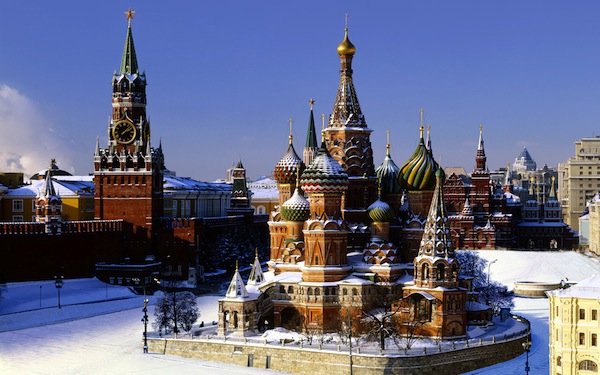
For a long time, Moscow Time was set at UTC+3. UTC, or Coordinated Universal Time is the often-used standard of time reference for many internet and World Wide Web standards, the primary time standard by which the world regulates clocks and time.
UTC is synonymous with GMT or Greenwich Mean Time, which is now less used by the scientific community, and hence the preference for UTC as the time standard.
At UTC+3, Moscow would be 3 hours ahead of London, which was the accepted time during winter between the months of October to March. During summer, an additional hour was added making Moscow a UTC+4 city, a common practice for cities practicing daylight saving time. Such was the Moscow time zone.
A New Decree
As of 27 March 2011, the Russian government has declared then that daylight saving time would be implemented permanently, essentially pushing Moscow into the UTC+4 time zone. The reason for this is believed to be due to health concerns as a result of an annual shift between these two time zones.
With the Moscow time zone fixed at UTC+4, Moscow is now perpetually 4 hours ahead of London. How does this affect a watch with worldtime feature? Take a look at a number of worldtime watches below:
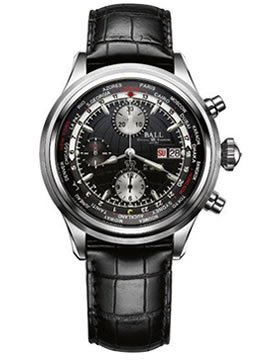
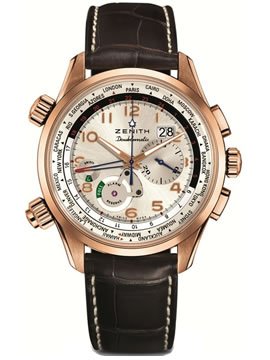
Moscow is a GMT+4 city.
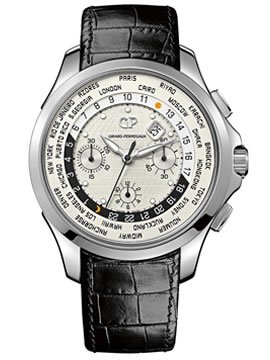
showing Moscow as a GMT+4 city.
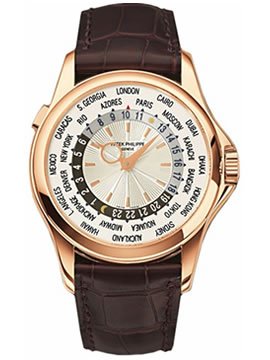
showing Moscow as a GMT+3 city.
Although it may not be as straightforward as it seems, one could conclude that watches which show Moscow as a UTC+3 city were probably designed or manufactured before that momentous day in March 2011. Or, it could also simply be the oversight by some watch manufacturers to not have revised this in their more recent watch models, although this is quite unlikely for those in the time business.
Needless to say, travel timepieces which display Moscow as a UTC+4 city were designed after March 2011.
If you’re planning on buying a worldtime watch, you might want to take a look at the city ring on the watch, and see if Moscow is in the new or old time zone. I am guessing it may just affect your buying decision slightly.
See related articles
